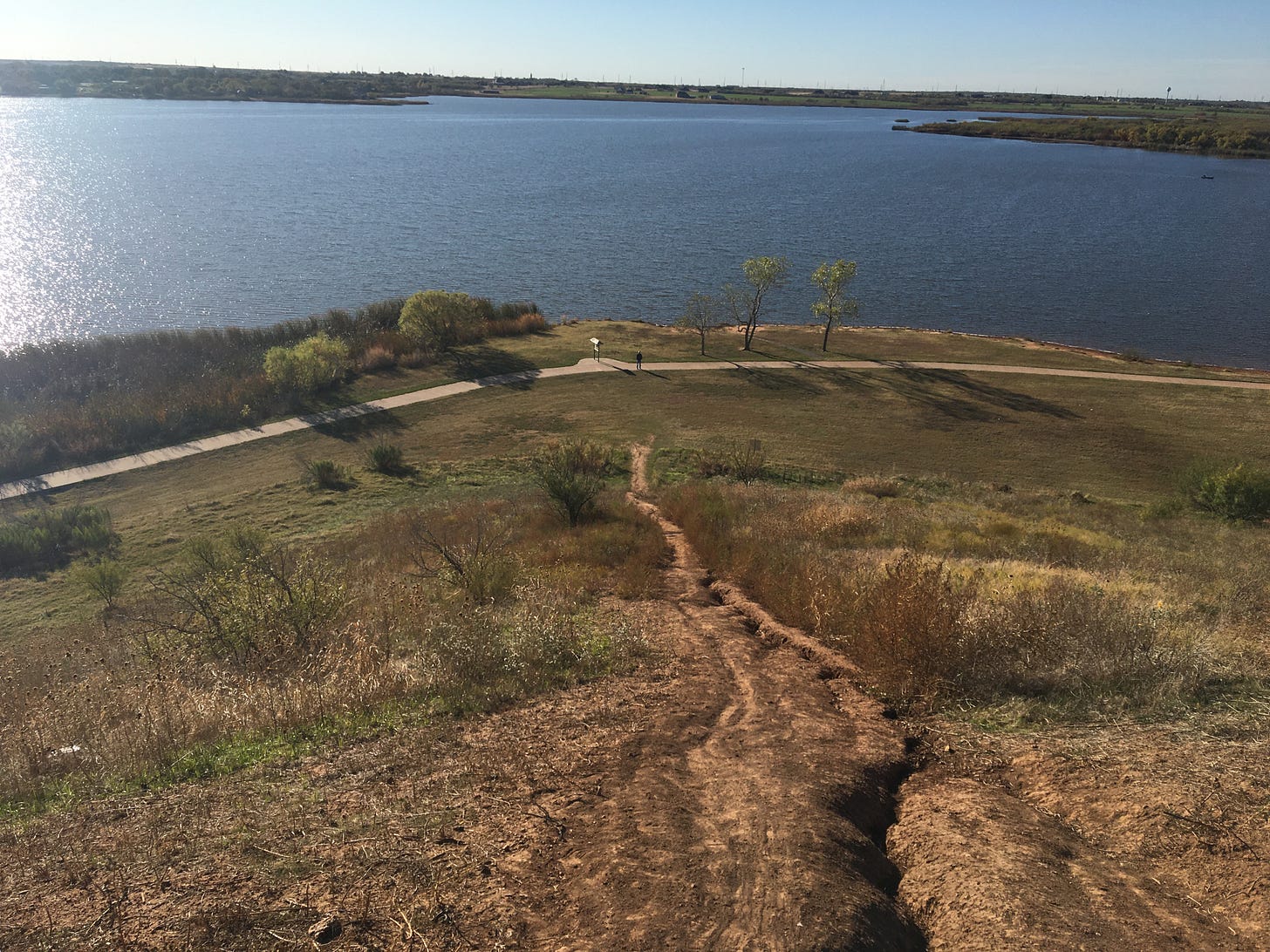Step Into Your Power
Create the Footpath You Want Paved
As a pedestrian on a sprawling campus, I knew all the shortcuts, shady routes, and communal treks to and from classes. With a jampacked schedule and a general preference for adventurous journeys, I rarely stuck to the inefficient right angles of sidewalks, opting instead for my own wild way or the well worn footpaths of many other similarly experienced undergrads.
Every now and then, one of those informal dirt footpaths would inexplicably turn up paved, creating a sort of haphazard disruption to a beautifully planned landscape. Legend had it that our university president would look out his window at students walking between classes, and when he saw a “missing” sidewalk in highly trafficked pathways, he would have it paved so that students shoes wouldn’t get muddy.
I always loved this story about my alma mater. To me it meant that our leaders were interested in the wellbeing of students and that they learned ways to make our campus experience better by listening to us. They could have forced their orderly way on us, posting signs saying not to walk on the grass or erecting fences that blocked us. Instead, our sidewalk grids were dotted with diagonals that warmed my heart with each step.
When I worked in city government and collaborated with regional agencies and community organizations, I realized just how much of our environment responds to user behavior. While not every planner takes existing usage of public resources into consideration, many do. Many people in positions of power use the current demand of common spaces to inform or justify their decision making.
In parks and recreation, I was surprised to find that we had parks shut down because of perceived lack of use that was determined by a loose tracking of garbage can usage. Bays of swings were added because of bare spots beneath swings. Slides were taken out because of graffiti. Evaluation factors were far from perfect and full of bias, but in their own way, they were tied to observation.
Park users made decision making easy when they made their activity known. Everyone knew not to mess with the courts where lively and consistent basketball leagues and dependable tennis clubs met. The garden club that formally submitted a plan to beautify an empty lot made city workers think twice before recommending that the green space be converted to a parking garage. The seniors who walked around a park with no walking path influenced the planning department to add in sidewalks to upcoming road improvement plans. The community group that hosted food giveaways and public protests in parks gave rise to a city-wide discussion on the equity of park rental processes.
Could our avenues of influence be better? Do they need to be more specific, responsive, and equitable? Yes, definitely.
But at the very least, know that you are to be reckoned with. When you get out and move, using your community resources in the way that you would have them be built, you showcase their possibility and highlight demand for something better.
I know the last couple of weeks have been a tough one for many of us. Decisions made over our head loom large, and it’s so easy to feel a hopeless sense of dread. I take comfort knowing that community development is a back and forth between citizens and their governments, with informal and formal processes that respond to residents taking action. We have the power to shape the physical and social environment in a way that works for us. With time and thoughtfulness, our public spaces can change to reflect a world that works for everyone.
I challenge you to use your park, plaza, median, or any other public space in a way that highlights new uses, more inclusivity, and healthier civic relationships. If you feel comfortable, please share your experiences so that we may all learn from each other!




Wow. This is great.